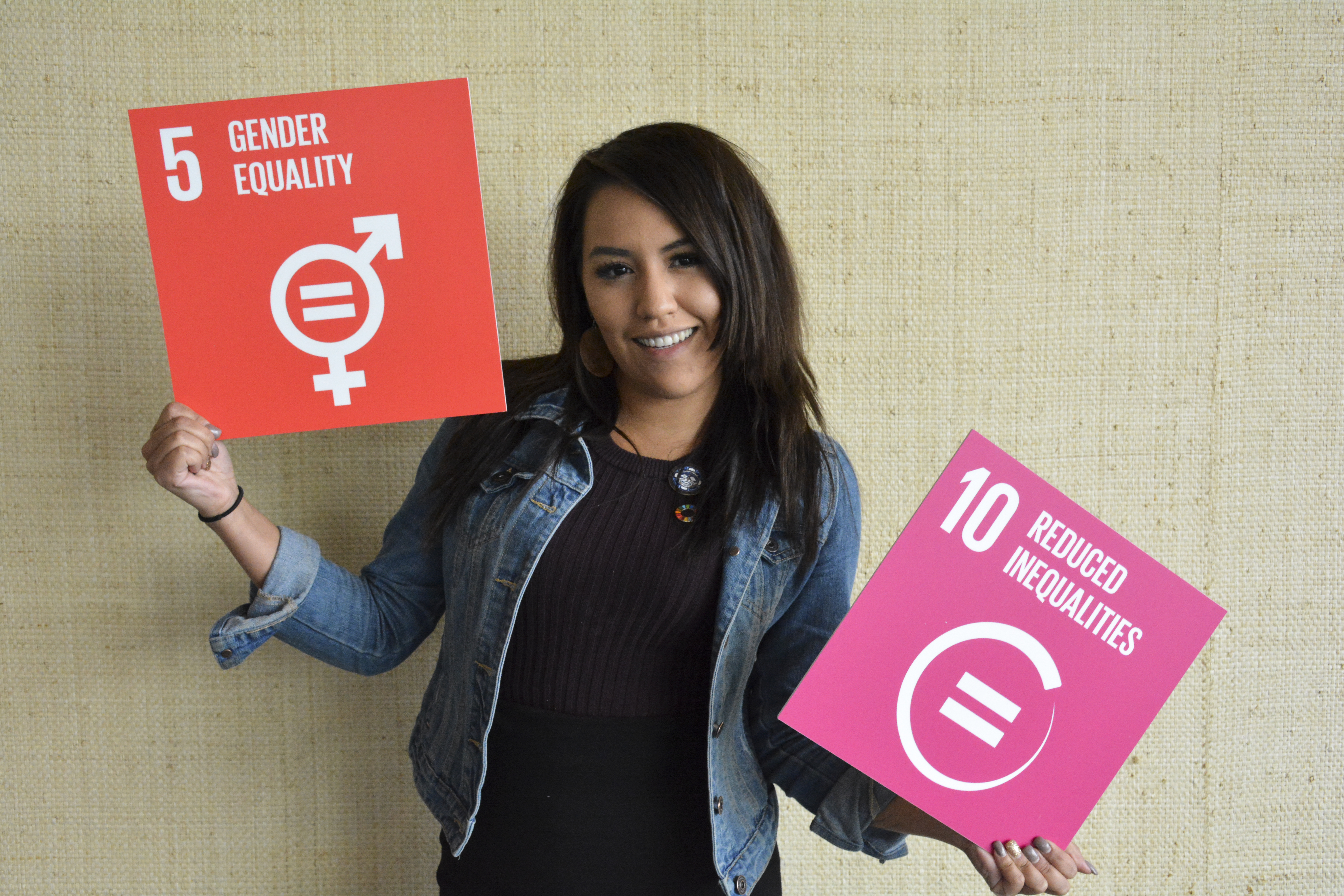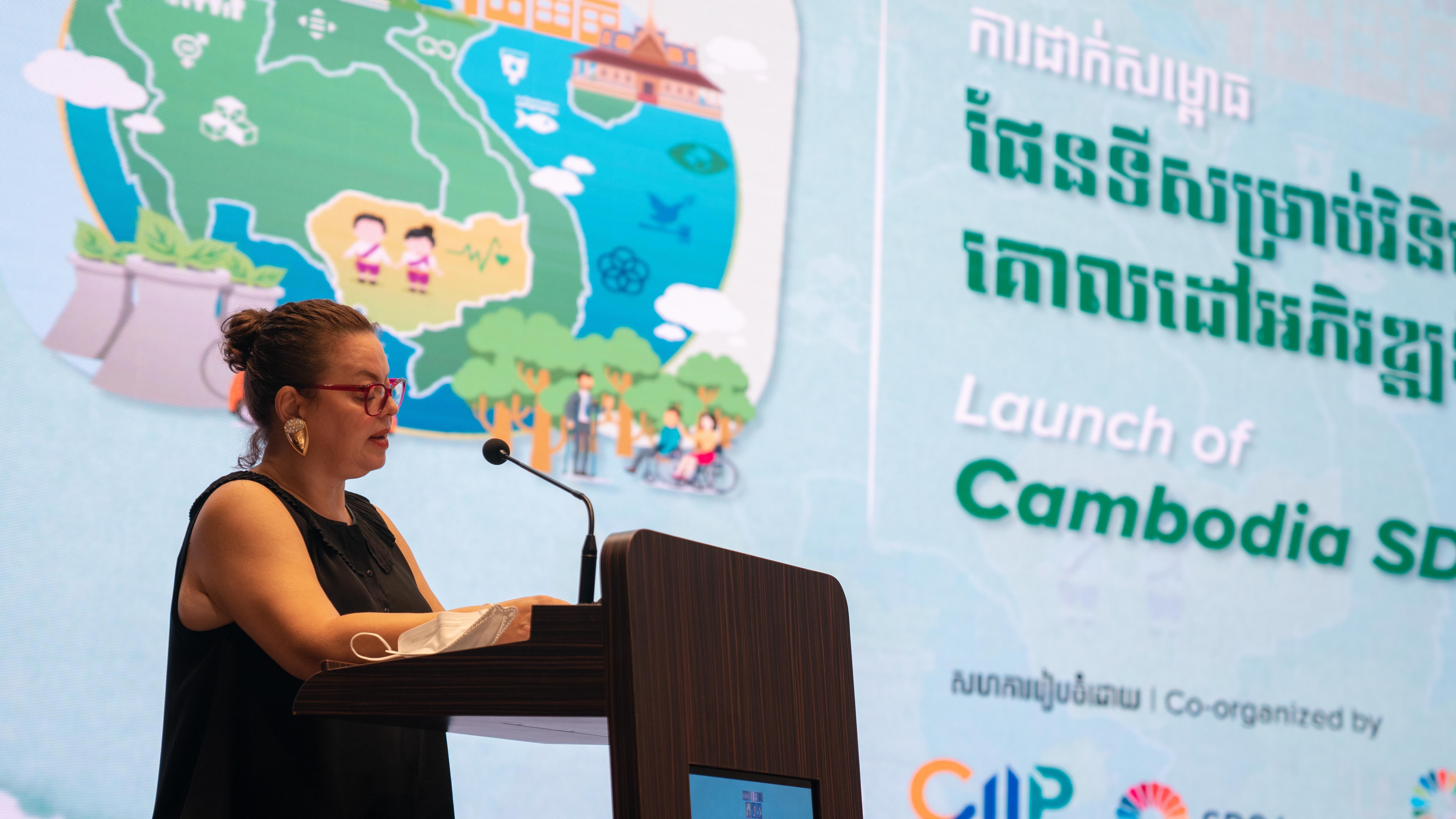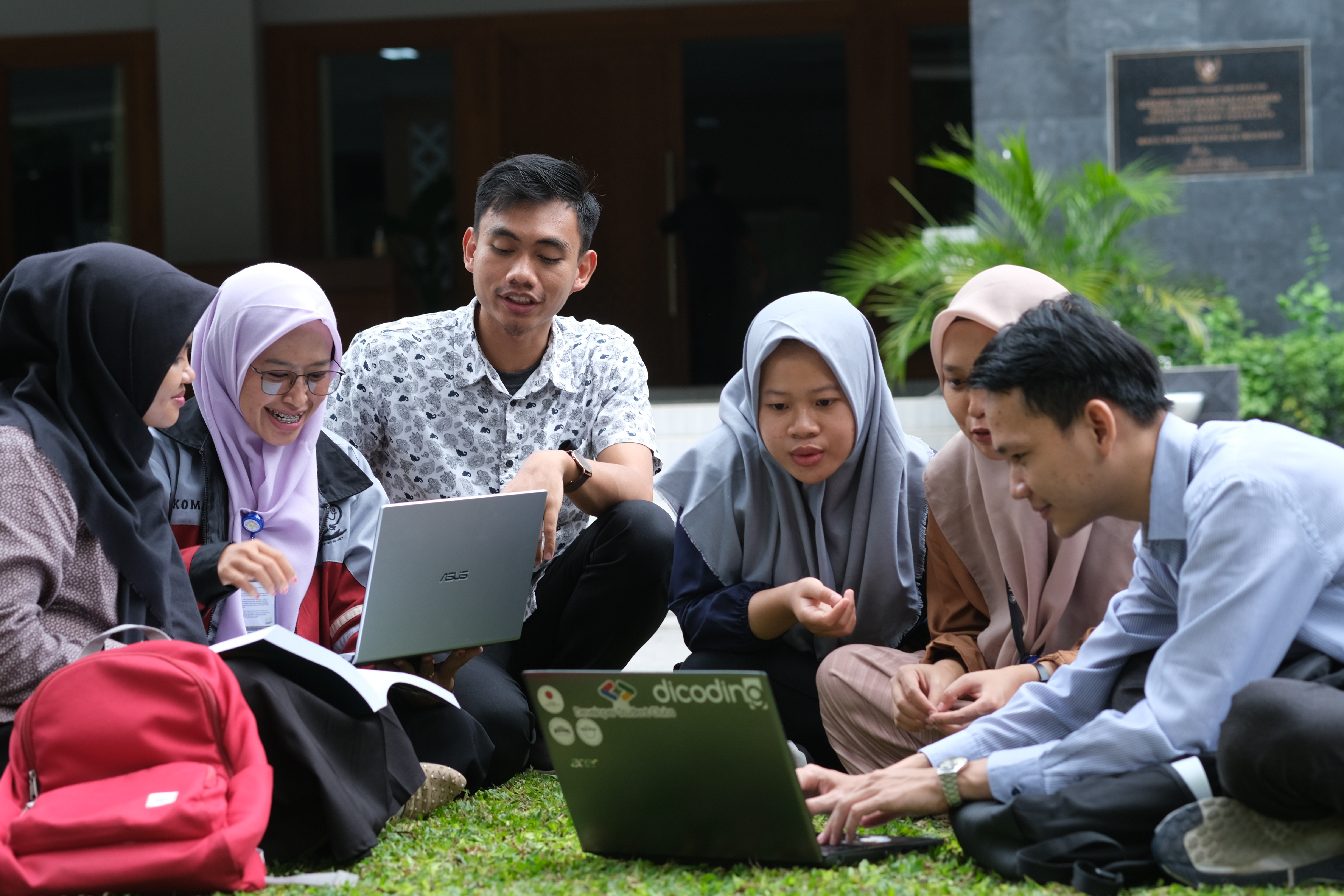Why investing through a gender and marginalization lens is good for business
March 30, 2023

The private sector has much to gain from addressing gender equality and marginalization. UNDP SDG Impact aims to make these opportunities more visible.
Every March the global community celebrates International Women's Day (IWD) and convenes the Commission on the Status of Women, the UN’s largest annual gathering on gender equality and women’s empowerment. It’s an opportunity for the global community to reflect and take action on the inequalities that women and men are still facing. Among them, it is well known that during crises, women and girls are the ones who are hit hardest and left behind the furthest.
According to UN Women, at the current rate of progress, it will take 286 years to remove discriminatory laws and close prevailing gaps in legal protections for women and girls. Further, over 380 million women and girls globally, are living in extreme poverty, living on less than US$1.90 a day (SDG 1). Fifty four percent of girls who are not in formal education live in crisis-affected countries (SDG 4). Women’s labour force participation in 2022 is projected to remain below pre-pandemic levels in 169 countries and areas (SDG 8). Gender-based discrimination in social institutions alone is costing the global economy $6 trillion per year, according to the OECD.
But there is hope. Where there are challenges, there are also vast opportunities. Closing the gender inequality financing gap is possible. The private sector, with its financial, human and intellectual resources, has both a huge role to play and stands to gain from the opportunities that gender equality presents.
To make these opportunities more visible, UNDP SDG Impact and its partners have developed the SDG Investor Maps. It is a market intelligence tool built for private investors to identify investment opportunities and business examples that have significant potential to advance the SDGs. Each potential investment opportunity (or Investment Opportunity Area – IOA) sits at the cross section where there is government policy to support it, a national sustainable development need and where promising businesses already exist.
Crucially, the SDG Investor Map methodology incorporates a gender and marginalization lens as a central component of the needs, impact and risk analyses to identifying all of the IOAs. Additionally, 86 IOAs specifically address SDG 5 - Gender Equality, and 147 IOAs address SDG 10 - Reduced Inequalities, either directly or indirectly.
Integrating a gender lens when identifying IOAs acknowledges that gender equality is a cross-cutting consideration for all SDGs - without it, we cannot achieve them.

UNDP Resident Representative Alissar Chaker speaks at the launch of the SDG Investor Map for Cambodia. The market intelligence tool helps private investors identify business opportunities that have significant potential to advance the Sustainable Development Goals.
Factors to consider during gender and marginalization analysis
When an SDG Investor Map is developed, we seek to understand the gender and marginalization issues of the country in question. For example, sex-disaggregated data, both qualitative and quantitative, is used to examine how gender influences the roles, activities, needs, constraints, opportunities, rights and entitlements of men, women, boys and girls, and non-binary persons, in specific contexts. For example, unequal access to land for men and women can impact farmers’ lives and income-earning possibilities. Through a gender analysis of each IOA, we can examine the relationships and inequalities between males and females in different parts of private and public lives. This includes differences in decision-making power, participation, access to and control of resources.
Turning to the marginalization of people or population groups, the analysis is based on factors such as gender, race, ethnicity, geography, religion, caste, class, disability, age and sexual orientation. The analysis recognizes that marginalization is both a condition and process that prevents individuals and groups from full participation in social, economic and political life that is otherwise enjoyed by the wider society. The analysis also considers that these conditions can refer to different areas within the well-being of an individual, for example, education, private property, economic opportunity, social safety nets, infrastructure, language, protection from violence, food security, health and sanitation.
Gender and marginalization analysis sets the foundations for resilient, SDG-aligned investments
Through the gender and marginalization lenses, we are able to pinpoint potential business models and possible investment solutions to address needs and priorities with these groups in mind. We can begin to foresee what the potential impact of these investment opportunities could be for different demographics within the country.
The market intelligence collected is intended to support investors to understand gender issues and risks that could impact their investment, identify risks and mitigate them. It could help investors identify solutions to reach and benefit people who are most left behind. It can shed light on inefficiencies in different sectors stemming from gender inequalities and therefore spark new solutions to development problems and business models to address them.
Once an investor has identified a potential investment or business model to invest in, the adoption of the SDG Impact Standards will help them embed sustainability, through the prism of the SDGs, into the core of its operations. The SDG Impact Standards has been designed as a decision-making framework for businesses and investors to help them manage their impacts on people and planet – using sustainability as a strategic business approach. This includes guiding them to identify their negative impacts, reducing them as much as it is about identifying their positive impacts and increasing them. This approach sets up an investment to do business better and be more resilient.
By understanding a country’s national development needs and its unique issues that cause gender and marginalization inequalities, we can start tackling the root problem. We can then begin focusing our efforts and capital towards innovative solutions to ensure a brighter and equal future.
Explore the almost 500 Investment Opportunity Areas on the SDG Investor Platform.
CASE STUDY: Increasing access to education for girls and marginalized children in Indonesia

The theme for the 67th annual Commission on the Status of Women (CSW67) is “Innovation and technological change, and education in the digital age for achieving gender equality and the empowerment of all women and girls”. We spotlight a business model that addresses access to digital education for girls and marginalized children in the Indonesia SDG Investor Map. Digitalization was an underpinning theme for this Map since the internet can advance Indonesia further towards the 2030 Agenda.
The education problem identified: Although Indonesia has the fourth largest education system in the world with over 50 million students and 4 million teachers, it scored low in math, science and reading, ranked 62 out of 64 by McKinsey & Company. While teachers could leverage new technologies to improve classroom learning, 60 percent lack tech-based teaching experiences due to limited access to adequate IT equipment and re-training.
Increasing access for girls and marginalized children is also crucial. In this case, the gender and marginalization analysis found that boys and children who live in rural areas are more likely to drop out of school than girls and their peers who live in urban areas. Together with a supportive policy framework, education could help reduce the rate of child marriage to 6.94 percent in 2030 (lower than its business as usual scenario of only reducing it to 10.03 percent), see here.
Business model in demand: The Indonesia SDG Investor Map identified a need for digital platforms to facilitate interactive learning for K12 (kindergarten to 12th grade education) to support afterschool learning and development. The digital platforms improve access and seek to connect private tutors and students, provide subscription-based learning videos, private on-demand tutoring services and mock exams online.
Why invest: The K12 market for EdTech is expected to reach US$5 billion to $10 billion in the long term. Further, the Government of Indonesia allocated $38 billion to the education sector in 2021 alone. Government expenditure on education was 17 percent of total government spending in 2020 and 2.8 percent of GDP in 2019. On the digital side, Indonesia’s already high internet penetration rate of 65 percent is expected to reach 89 percent by 2025, with over 200 million users.
Expected development outcome: Investing in this opportunity seeks to improve efficiency in education management and increase access to education, quality of educators and education, paving the way for high quality human capital, competitiveness and productivity of future work force.
Gender and marginalization addressed: Inclusive and effective learning environment for boys and girls, fair and equal access to good quality education and jobs regardless of social background, race, gender or religion could be addressed. The digital gender gap could also be addressed especially in IT education to promote women’s digital independence.
Learn more about this potential investment opportunity here.

 Locations
Locations